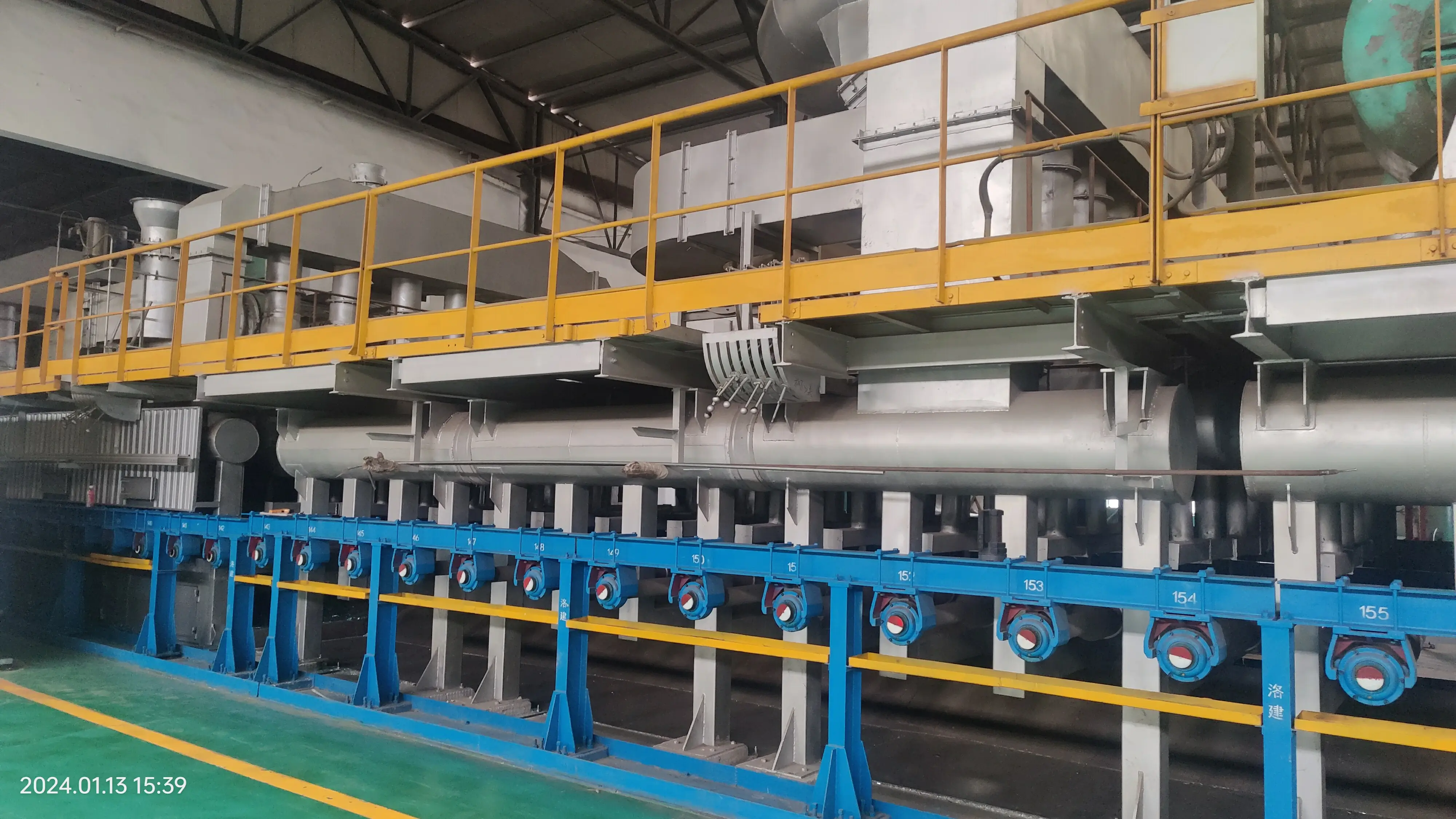

Understanding Tempered Glass Types A Comprehensive Overview
Tempered glass, also known as toughened glass, is a type of safety glass that has been processed by controlled thermal or chemical treatments to increase its strength compared to normal glass. It is widely used in a variety of applications, including architecture, automotive, and furniture due to its durability and safety features. This article provides an overview of the different types of tempered glass and their unique characteristics.
What is Tempered Glass?
Before delving into the types, it’s essential to understand how tempered glass is made. The manufacturing process involves heating the glass to temperatures around 600 degrees Celsius and then cooling it rapidly through a process known as quenching. This method creates compressive stresses on the surface of the glass, which enhances its strength. The result is glass that is five to six times stronger than standard glass of the same thickness and that shatters into small, blunt pieces when broken, reducing the risk of injury.
Different Types of Tempered Glass
1. Annealed Glass Although not a type of tempered glass per se, it is worth mentioning as a comparison. Annealed glass is simple glass that has not undergone any strengthening treatments. It is less durable and more likely to break into sharp pieces, making it less suitable for high-risk applications.
2. Heat-Treated Glass This glass goes through a thermal process where it is heated and cooled gradually. While it is stronger than regular glass, it does not meet the same safety standards as fully tempered glass, making it less desirable in high-stress environments.
3. Fully Tempered Glass This is the most common type of tempered glass. It undergoes the complete heating and cooling process, which enhances its strength and safety features. Fully tempered glass is ideal for applications such as shower doors, glass railings, and storefronts due to its ability to withstand pressure and impact.

4. Laminated Tempered Glass This type combines two sheets of tempered glass with an interlayer, often made from polyvinyl butyral (PVB). The laminated structure gives it added strength and provides excellent sound insulation and UV protection. Laminated tempered glass is commonly used in skylights, glass facades, and car windshields.
5. Ceramic-Fired Tempered Glass This type of tempered glass is coated with ceramic paint before it undergoes the tempering process. The ceramic coating is fired onto the glass, which not only provides aesthetic appeal but also enhances its heat-resistance properties. This type is often used in high-temperature applications, such as fireplace doors and cooktops.
6. Low-iron Tempered Glass Ordinary glass can have a greenish hue due to the iron content. Low-iron tempered glass has a reduced iron content, making it clearer and allowing for better light transmission. It is particularly popular in high-end architectural applications where aesthetic appeal is crucial, such as glass facades and showcases.
7. Patterned Tempered Glass This type has a decorative pattern pressed into the surface during the manufacturing process. It is used in applications where privacy is necessary, such as bathroom windows and office partitions. The patterns can vary widely, making it a highly versatile choice.
Applications of Tempered Glass
Tempered glass finds its application across various sectors. In architecture, it is used for windows, doors, and facades because of its ability to withstand drastic temperature changes and impact. In the automotive industry, it is employed for side and rear windows, where safety and strength are paramount. Additionally, tempered glass is prevalent in furniture design, such as tabletops and shelves, providing both aesthetics and durability.
Conclusion
Tempered glass is a versatile material with a wide range of types designed to meet various needs in different industries. Whether through fully tempered, laminated, or low-iron options, understanding the types of tempered glass available allows consumers and professionals alike to make informed decisions suited to their specific requirements. By prioritizing safety and strength, tempered glass continues to be a favored choice in modern design and construction.